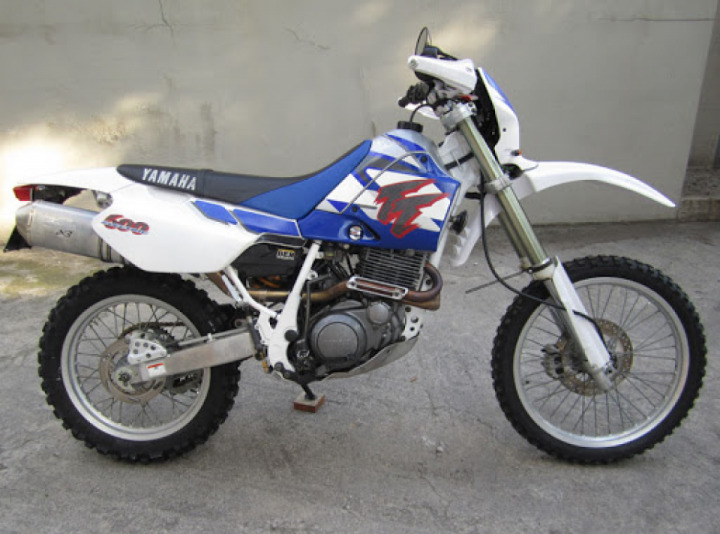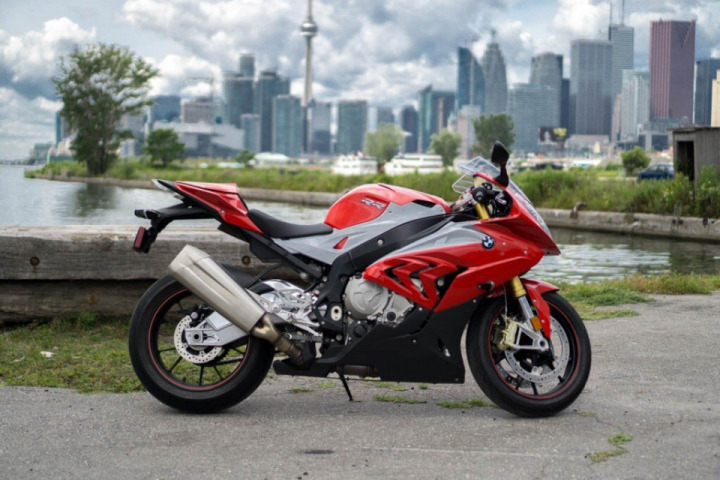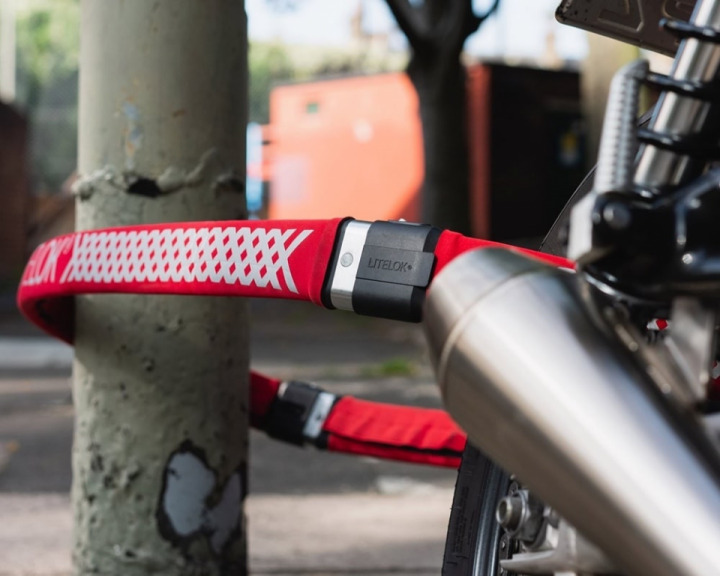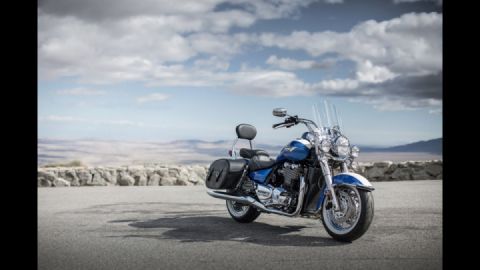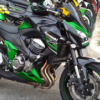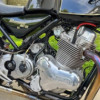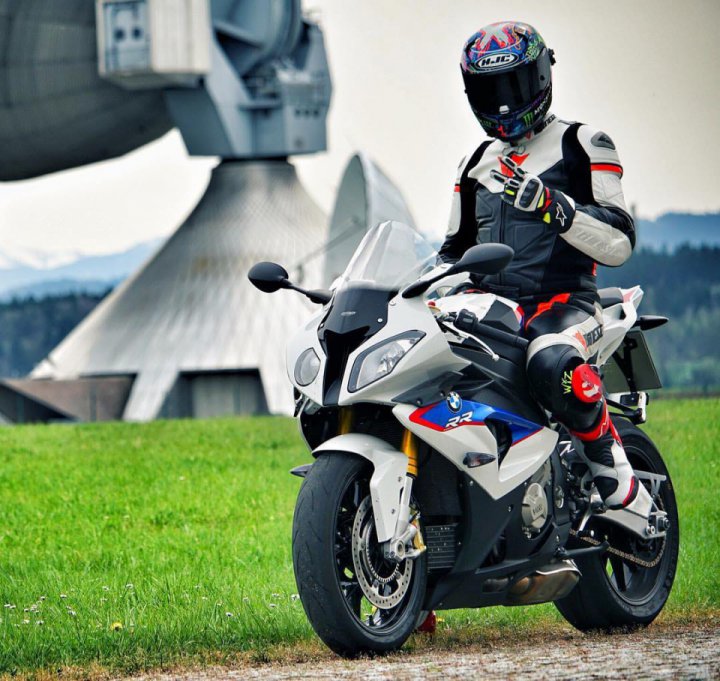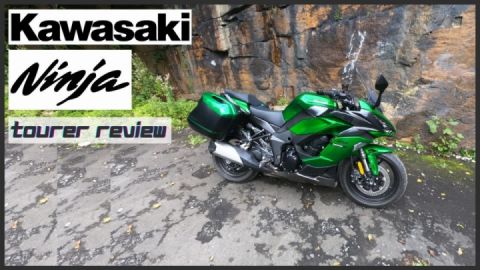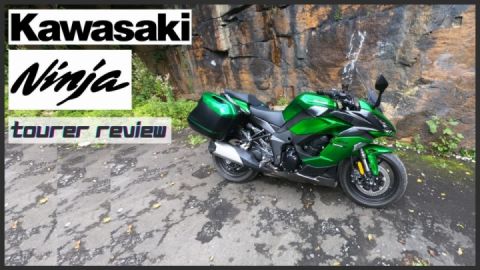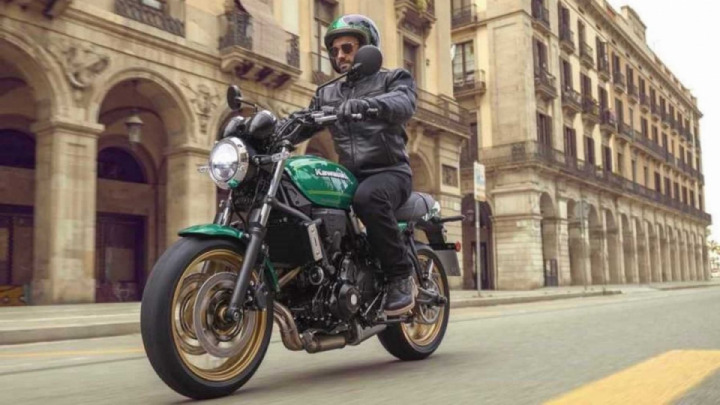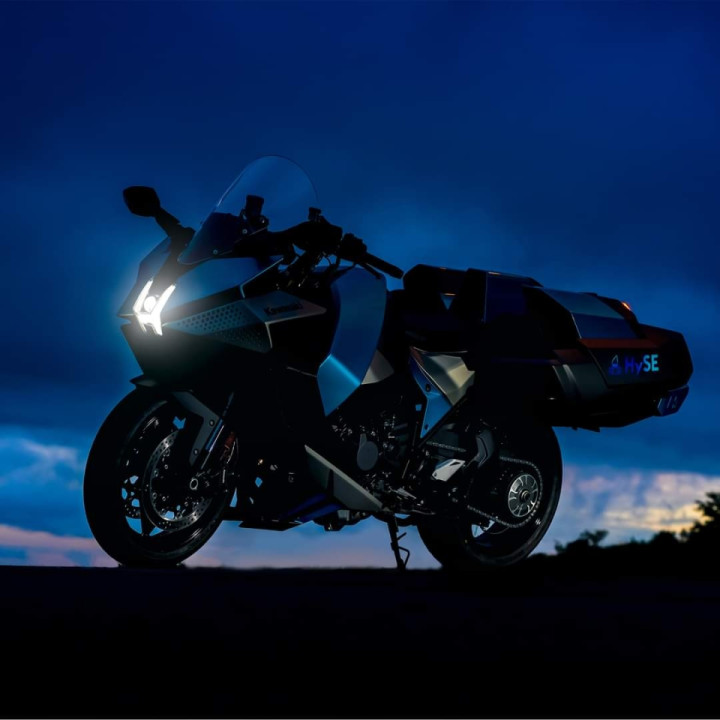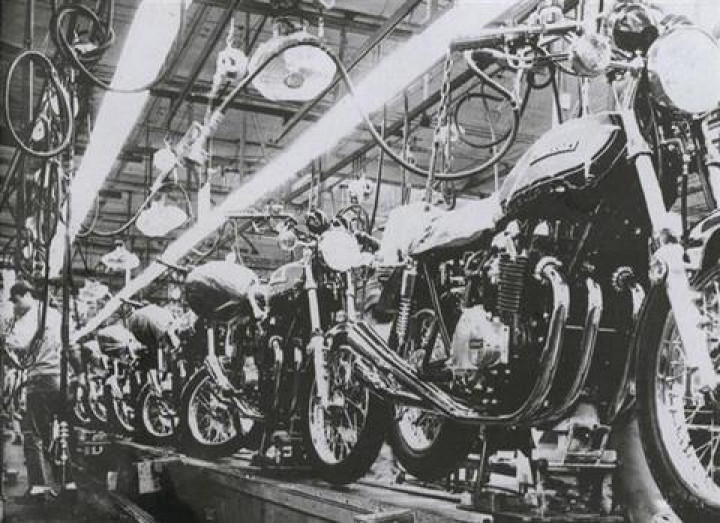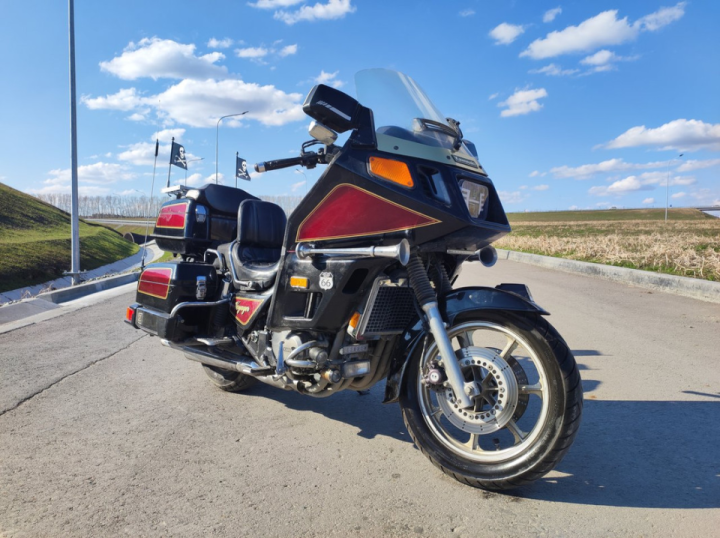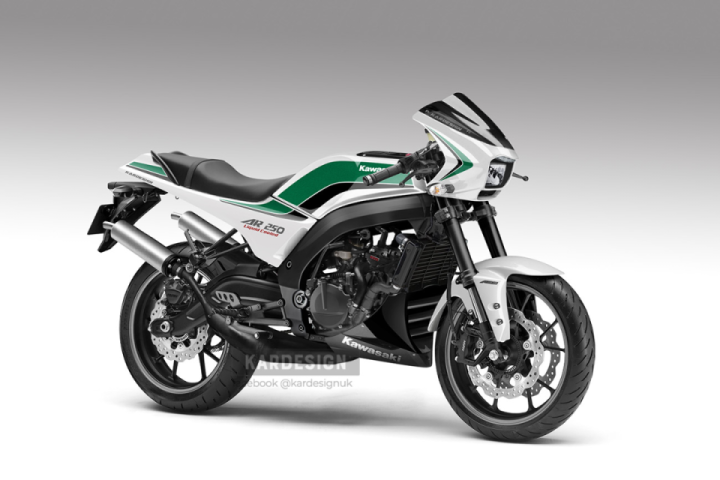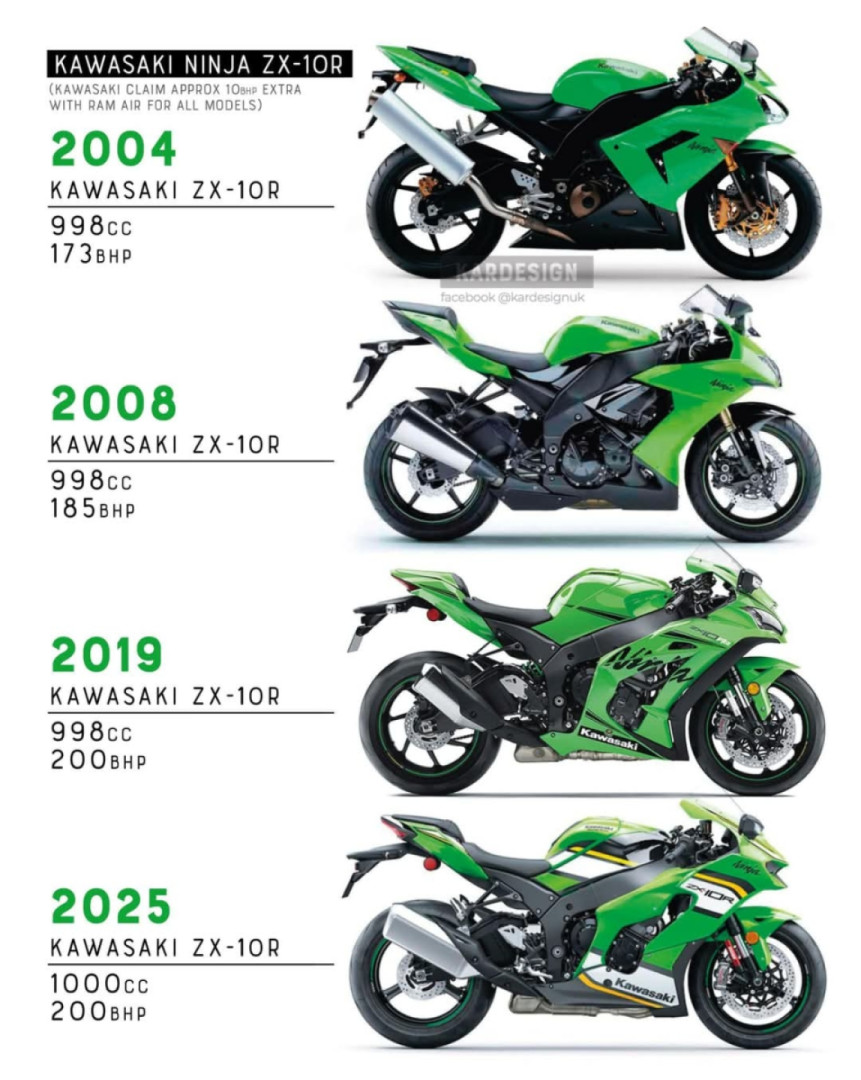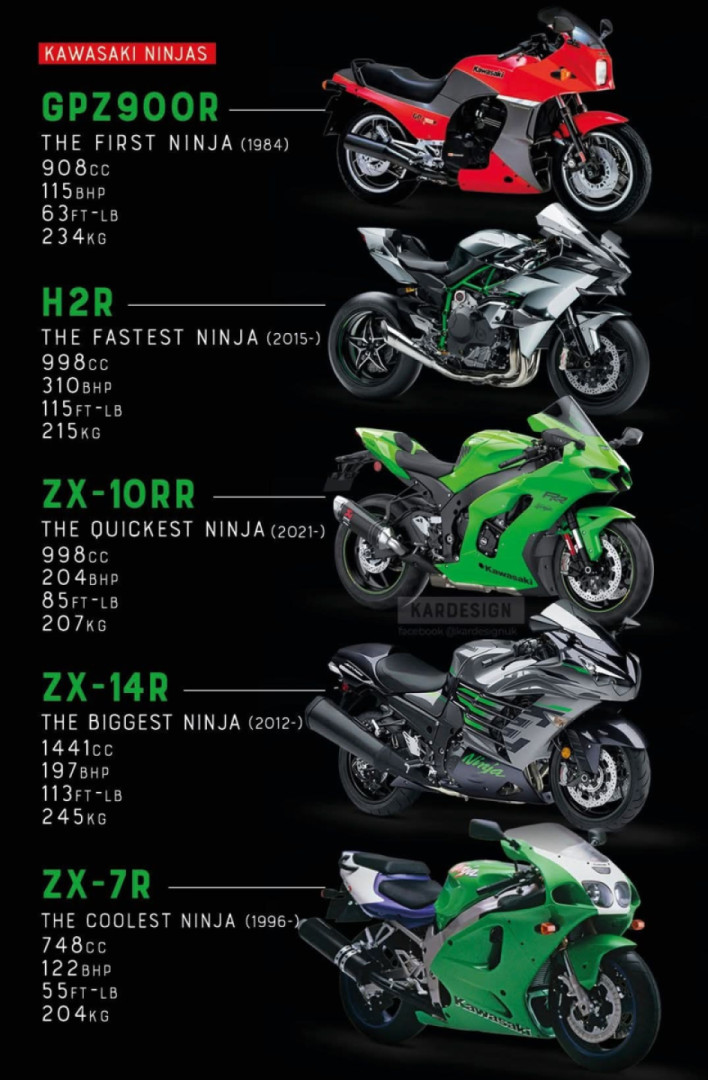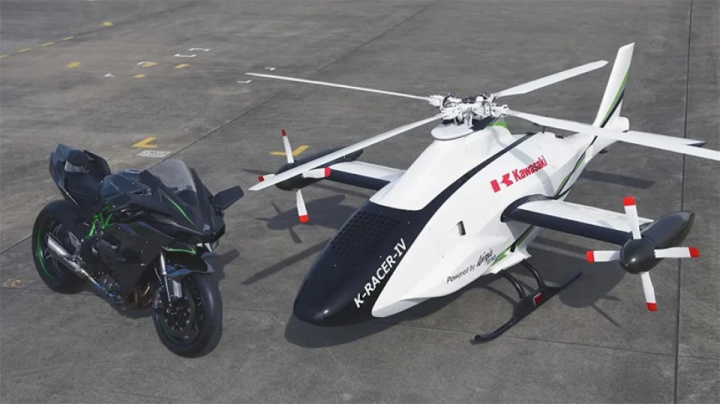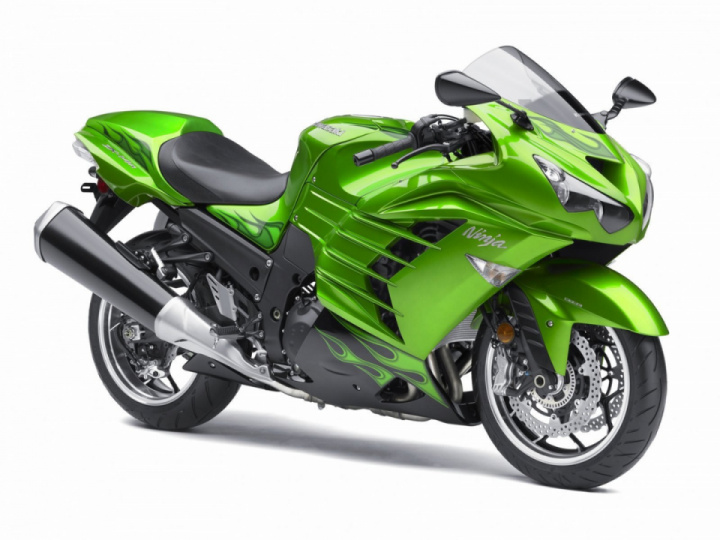2015 Kawasaki ZX-14R review
The Walking Dead, Orange Is the New Black, or The Good Wife?
Rock 'n' roll, hip hop, or dubstep?
Sport bike, commuter, or touring?
Life is full of choices. Is it possible to have a little of everything? That brings us to the Kawasaki Ninja ZX-14R. And yes, I know… I watch weird TV shows.
In Europe, it's the ZZR1400 and the European Kawasaki website calls it a sport-tourer and lists accessories such as brackets for side cases and GPS. Kawasaki North America puts the 14R in its Supersport category, and offers no such accessories. So which is it? Supersport, tourer, or something else? I got to take the bike home for a month to see if I could come up with a definitive answer.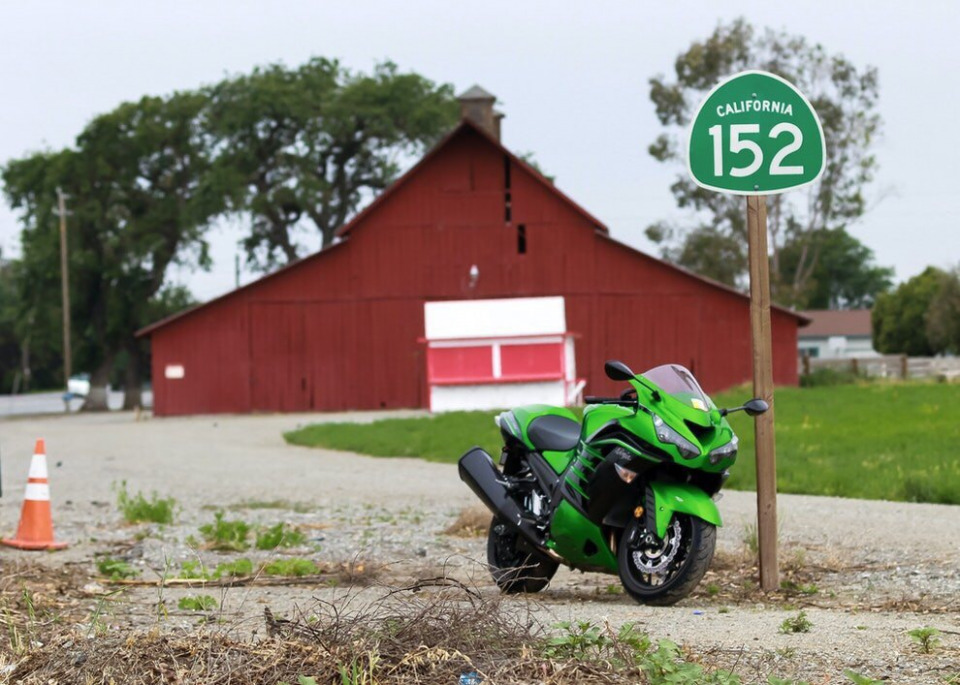
The bike
The Kawasaki Ninja ZX-14 debuted in 2006, replacing the ZX-12R. The latest overhaul, in 2012, saw an increase in engine displacement from 1,352 cc to a massive 1,441 cc. Only the new Ninja H2 has a slight edge in horsepower over the current 14R. But the 14R has the most torque, unless you shell out $50,000 for four more foot-pounds in the H2R. Before we head off into an “if I won the lottery” tangent, let's focus on the 14R’s specs.
The ZX-14R weighs a lofty 590 pounds wet. MSRP is $14,999 for the standard model and Kawi offers a limited-edition (300 units in the United States) 14R that comes with special firecracker red and metallic graystone paint and gold calipers for $15,899, to pay homage to the 30th anniversary of the Ninja line.
Digital fuel injection and four 44 mm Mikuni throttle bodies surge petrol into the 1.4-liter inline-four monster to produce a claimed 189 rear-wheel ponies and a breathtaking 111 foot-pounds of torque.
Keeping the rider one with the road at the front is a 43 mm inverted cartridge fork with adjustable preload, 18-way compression, and 15-way rebound damping. The rear suspension is equipped with a bottom-link Uni-Trak and gas-charged shock with adjustable preload, stepless rebound and compression damping adjustments, and adjustable ride height.
ABS front and rear is standard on both models. Dual floating 310 mm petal rotors, complemented by radial-mounted, four-piston calipers, are mounted up front. Individual brake pads for each piston help prevent heat deformity. Rear stopping power comes from a single 250 mm petal disc and a two-piston caliper.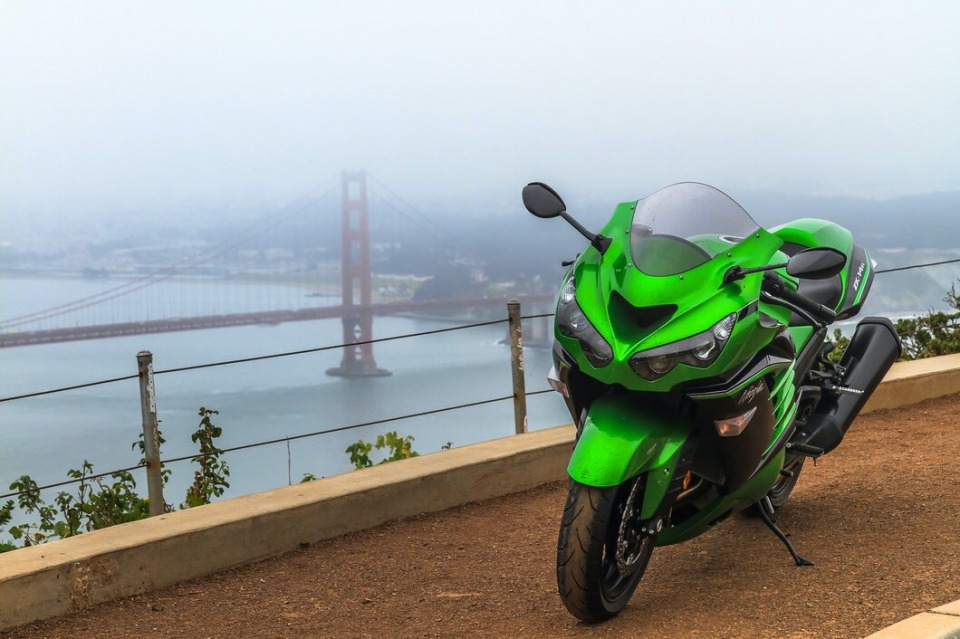
Testing the ZX-14R ABS
The morning after I brought the bike home, I stared outside my kitchen window, loading up on protein and coffee, wondering how I was going to unload a 590-pound bike on an uneven driveway by myself without contributing to the next “Epic Fails” YouTube compilation. I was shocked how all my worry and stress were for nothing.
The ZX-14R hides its almost 600 pounds nicely. The bulk of the weight is centered and low. I was able to unload the heavy bike solo, and in flip flops, no less. I have the video to prove it. But let’s get to the real important stuff: the riding.
I tested the ZX-14R for more than 2,000 miles, which included a day at the track, twisties, a 375-mile trek up to northern California, rush hour in San Francisco, and more twisties. There wasn’t much this versatile heavyweight couldn’t handle.
Willow Springs Raceway, “The Fastest Road In The West,” was a perfect testing ground to see how close I could get the bike to the electronically limited 186 mph top speed. It was also a chance to see how the 14R stacked up against Yamaha YZF-R1s and Ducati Panigales purpose-built for the track. I was able to reach an indicated 175 mph on the straight before reaching my braking marker, without even hitting the rev limiter in fifth gear. My friends on the popular race-replica liter bikes could only hit 160 mph before they ran out of track. The torque was the difference, and the reason I was able to drive past them, despite the weight difference.
The combination of street tires and the weight of the bike prevented the 14R from matching the triple-digit corner speeds of the race-inspired sport bikes on the abrasive track, however. The 14R isn’t anywhere near being the best choice as a pure track weapon for a roadrace course. It's no accident that when Kawasaki shows photos of this bike on a track, it's a drag strip. But the ZX-14R can handle the job if you want to take it to the road course and feel the pull of that powerful motor for more than a quarter of a mile at a time.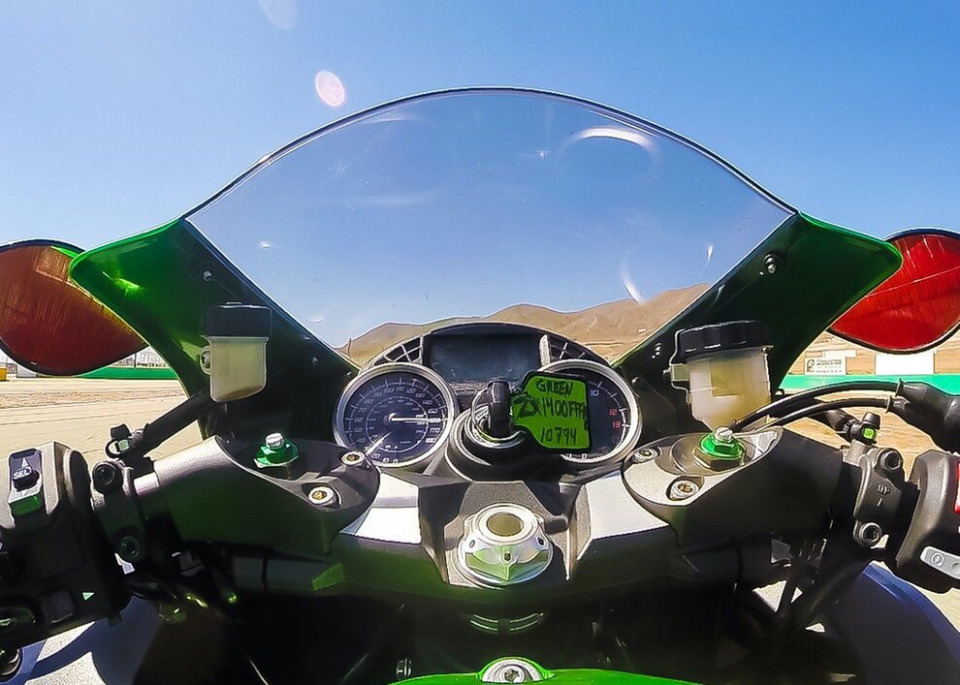
While the ZX-14R may not be a true sport bike, the handling is close to one. My first ride on the bike was to the mecca of serpentine roads: the Santa Monica Mountains. There, you can run the gamut of curves, from tight and technical to sweeping and fast. The 14R loved the faster sweepers of Encinal Canyon Road. It tracked right through the speedy turns and felt like it was on rails. The 10 miles of technical turns on Latigo Canyon Road, however, found the suspension wanting. The bike wanted to run wider when I tried to nip apexes at slower speeds in the tighter turns. Trail braking helped correct the lack of turn in, but that can be a daunting task for a less experienced rider on such a heavy bike.
Overall, the bike is nimble, considering its size. I felt the weight when dragging a knee at maximum lean, but I could still transition from side to side surprisingly fast and negotiate a U-turn on a narrow, two-lane highway without putting a foot down. The weight of the 14R is simply not a factor when balancing the bike through tight places (more on that later).
A special show by one of my favorite punk bands called for me to be in San Francisco. What better way to schlep north than on what Sean calls a badass sport-touring bike? I was pressed for time as I left the day of the concert, so I couldn’t take the 12-plus-hour scenic ride up the Pacific Coast Highway like I wanted to. Instead, I pounded the pavement all the way up Interstate 5 and cut over the Pacheco Pass to meet a friend who was riding at a motocross event in San Jose.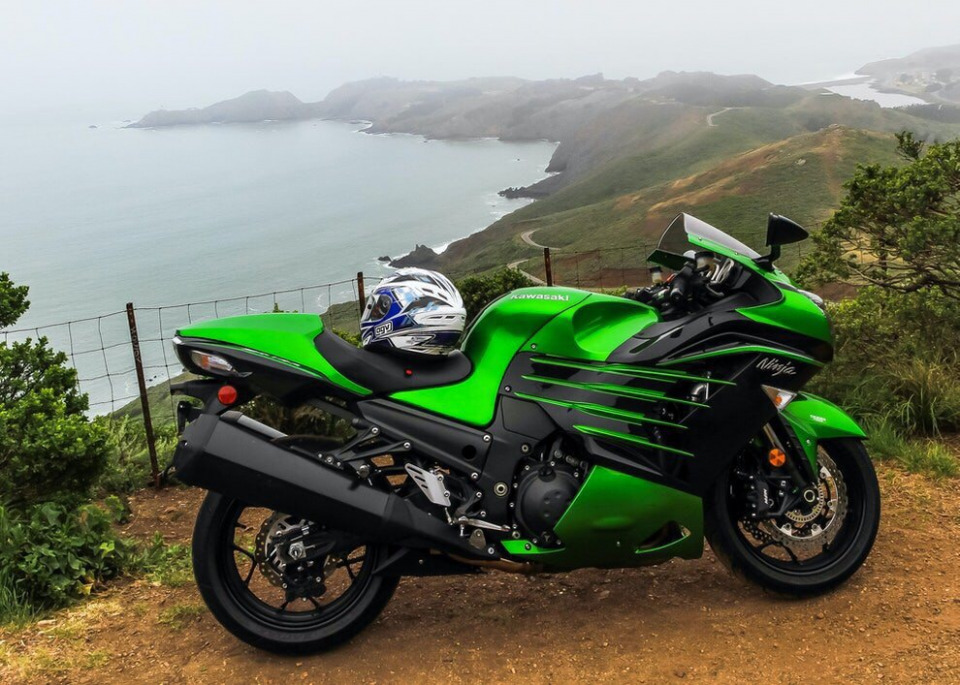
The ZX-14R's ergonomics put my 5-foot, 9-inch frame in a comfortably leaned-forward stance with a slight bend in my arms when cruising. Needless to say, if I had been riding my sport bike, a 300-mile straight shot on I-5 would have called for an apres-ride alcoholic drink and a nap. Instead, I geared up and jumped right on my buddy's bike for some laps at the motocross track. The ZX-14R's relaxed position, plush suspension, and dual engine balancers provided a smooth ride that kept the fatiguing vibrations to a minimum and me fresh as a daisy. The ample suspension travel eliminated any bone-jarring impacts to my spine as I chugged on I-5’s choppy, truck-battered pavement.
After hitting the MX track, I pressed on to the city, during rush hour. San Francisco is one of the hardest cities to commute in. There are steep hills, cable car gaps on the ground, a bazillion cars, and bicyclists causing chaos on the city streets. I felt like I was in a real-life police rodeo as I dodged grid-locked cars and motorcyclists on FZ-09s and cafe racers. I was simply able to out-maneuver small commuter bikes on a bigger bike at walking speeds. The ZX-14R's torque made it easy for me to stay in one gear while filtering through traffic.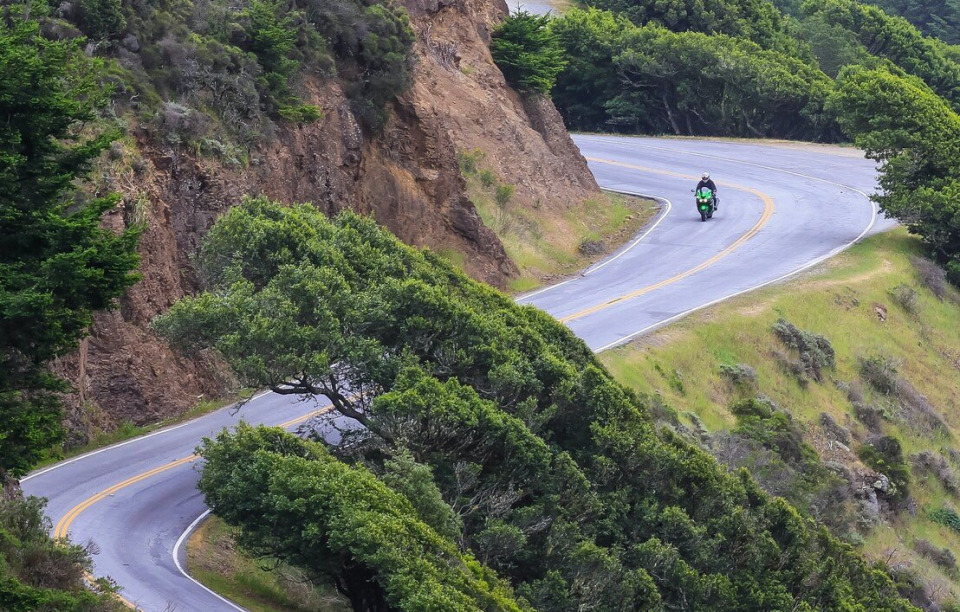
Other than fuel economy, there is no need ever to click past third gear in street riding. Kawi has the ECO indicator on the LCD screen to suggest a conservative throttle hand. The indicator turns off right about 6,500 rpm. Clicking all the way up to sixth gear and holding steady throttle at a realistic 75 mph highway cruising speed will get you an indicated 44 mpg, compared to 29 mpg in third gear.
Overall, my gas mileage was consistently around 33 mpg, except for the 26 mpg at the track. I was able to record 178 miles with half a gallon left in the 5.8-gallon tank, and thankfully found a petrol station in the middle of nowhere along I-5.
About KRTC and ABS
I tested all three modes of Kawasaki’s KRTC traction-control system at the track and in the canyons. I never was in wet or slippery conditions that warranted mode three, so I cannot comment on its effectiveness in its intended use. I will say that mode three should not be used in dry conditions. The cut-off of the ignition is so abrupt, I was almost thrown over the handle bars. I whacked the throttle open expecting the front to lift, followed by a smooth wean off the power. Instead, it felt like someone had unexpectedly grabbed my front brake.
KRTC mode two is great for riders who want the reassurance of not letting the ZX-14R's power get the upper hand. You can hear the system working when you're hard on the gas out of a turn, but there is no squirming from the rear trying to break traction. Calm and happy as a Hindu cow. The front will let you enjoy a momentary wheelie, but will quickly and smoothly bring it back to the ground.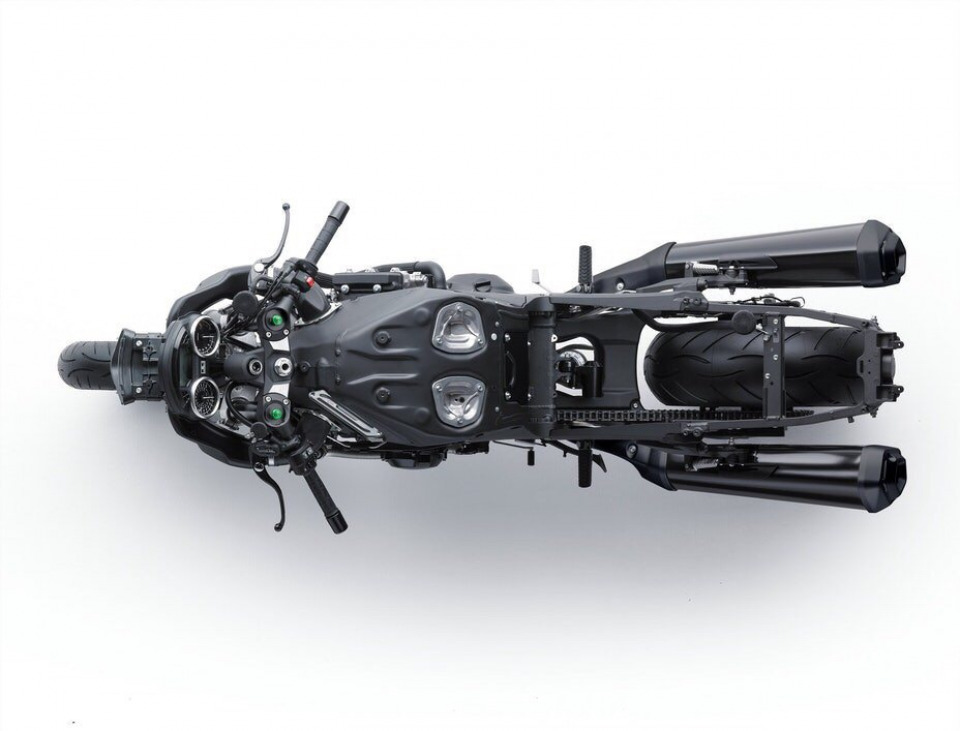
The least intrusive mode one will let the rear step out slightly under acceleration, but did a good job of keeping me in the no-fly zone. It allows some hot-dogging in the wheelie department, but thankfully the electronics will keep you well away from the risk of looping the bike. Turning off KRTC is an option, if you dare, but turning off the ABS is not an option, short of pulling fuses.
The ABS is great overall on public roads. The levers provide good, but not great, feel. I could detect pulsing, but it was tolerable. I never felt ABS interfered too much, except at the track day. I am a habitual late-braker at the track. Slowing from 175 mph to about 90 mph in the shortest distance possible into turn one while the ABS was trying to sort itself out wasn’t reassuring for me. Needless to say I blew past my turn-in marker several times. Luckily I never had any issues with the brakes on the streets, and I can't criticize the inability to switch off the system since track days will probably be infrequent on this bike.
Highlights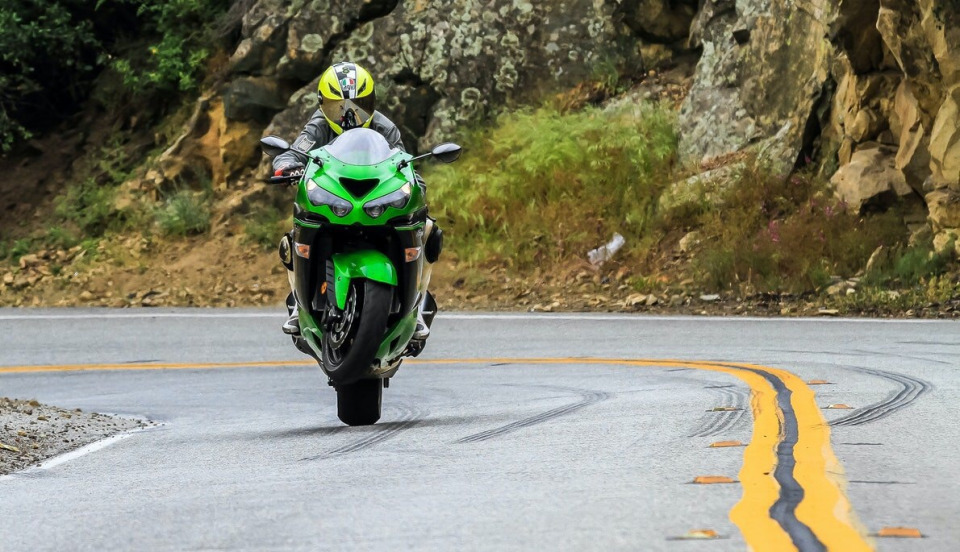
The power of this bike is unparalleled in anything I’ve ridden. If you roll off the throttle and get back on it hard, the bike will literally try to rip itself from your white-knuckled fists if you’re not ready. Sounds a bit intimidating, but I loved the challenge.
With that kind of power, you need good handling, and nimbleness, weight location, and ergonomics all receive high marks. This bike really blurs the line between a sport bike and sport-touring machines.
While not quite the adjustable touring windscreen of the Ninja 1000, the bubble does a great job of buffering while leaned in a sporty stance. I'm sure the screen and aerodynamics of the bike helped prevent fatigue on my long trip.
The low seat height makes it easy to walk the bike around despite its weight and the seat is very plush for extended rides. The rear seat cowl is standard on the U.S. models and comes off easily for two-up riding by removing four plastic screws.
The hydraulic clutch is light and provides good feel. I was standing at traffic lights with the lever fully pulled in all day without fatigue. I appreciated the adjustment dial, which let me position the lever outward so I had enough room for the two fingers I kept glued to the grip.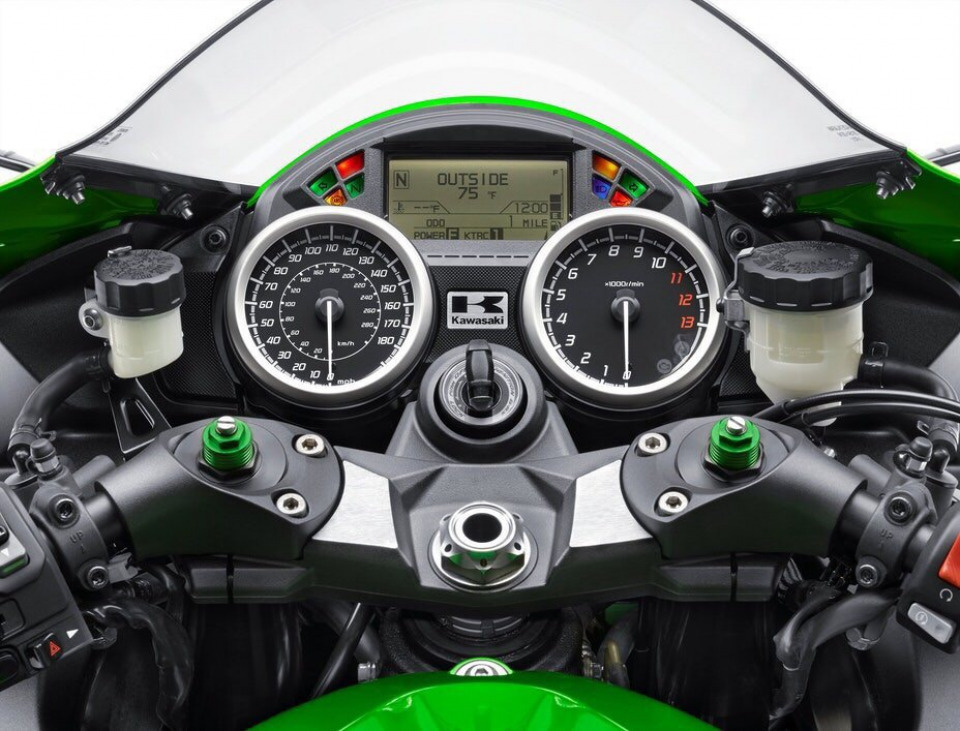
Lowlights
I reluctantly returned the bike with a little over 2,300 miles on the odometer. Granted, I did some hard riding on a very abrasive track, but the tires only had a couple hundred miles to go before the wear indicators were showing. The weight of the bike and sheer power going to the rear wheel means tire longevity is sacrificed.
The left controls make for convenient access to the KRTC, Power Mode, and LCD functions, but some may find it cluttered. I was constantly turning on my high beams, thinking I was switching the display from mpg to fuel range.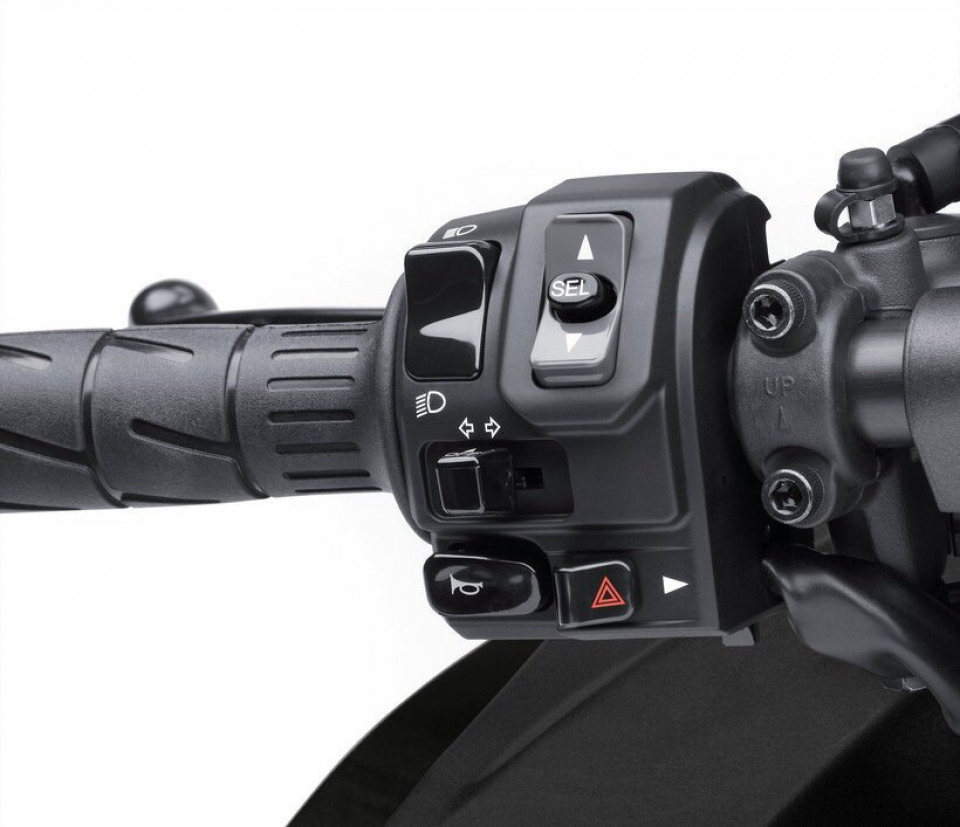
The headlights are plenty bright, but the factory setting puts the low beam’s visibility at only 40 feet ahead. That just doesn’t equate to sufficient lighting when traveling at higher speeds at night. There is an adjustment screw, but it also adjusts the high beams, instead of having a separate adjustment screw. You will have to find a middle ground if you don’t want to be that guy riding with high beams everywhere.
The heat flowing from the mid panels of the fairing is great in cold weather, but will scorch your shins during the warmer months.
There is very little clearance to access the preload rings on the rear shock. I had to remove the left heel guard and I still have scabs from shaving skin off my hands.
Finally, this is more of a warning than a lowlight. The front fender extends further than any other bike I’ve ever seen. The morning I unloaded the bike, I realized that the fender was pressed against the back of my truck’s bed and had a stress crack from the transport. Use a mounted or stand-alone wheel chock to avoid this.
The competition
The Suzuki Hayabusa has long been the closest rival of the 14R, though the BMW K 1300 S also matches up with the Kawasaki. Of the three, the Hayabusa produces the least power at 170 horsepower and 101 foot-pounds of torque (which, of course, is still more power than almost any other motorcycle on the road). It is the second-heaviest at 586 pounds. Priced at $14,599, the Suzuki comes standard with power modes and ABS, but does not come with traction control. The Suzuki’s fuel economy trumps the Kawasaki, however, by seven mpg at 41.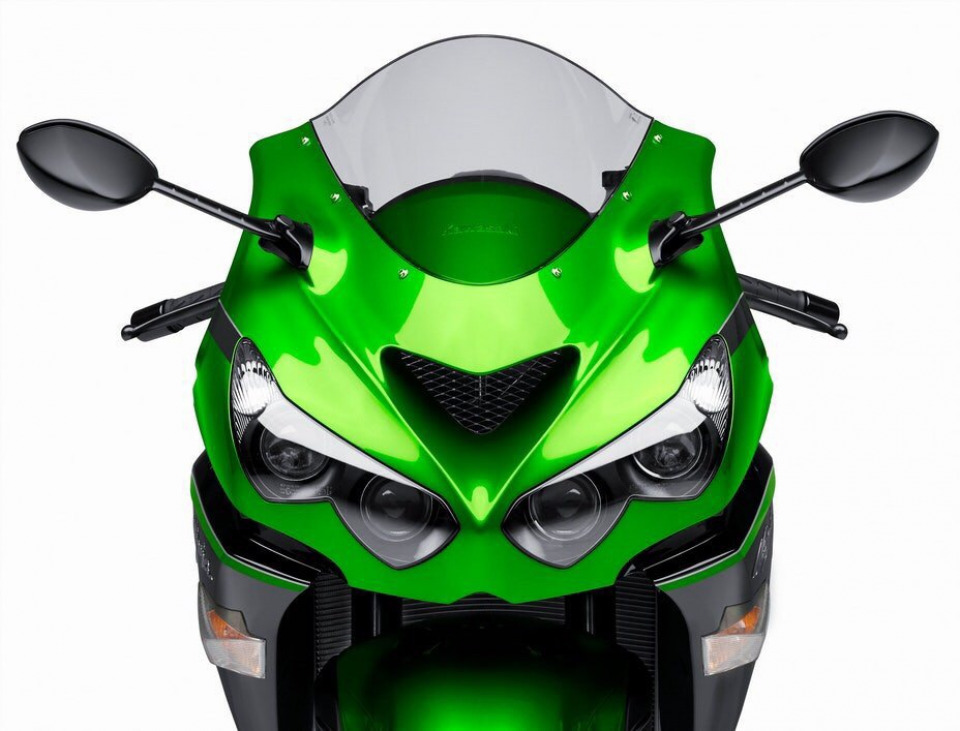
The K 1300S is the highest-priced of the three at $15,855 with ABS. If you want the premium package, a bump up to $17,790 goes above and beyond the standard features of the 14R and includes electronic suspension adjustment, the Gear Shift Assist, a tire-pressure monitor, and heated grips. The BMW is also the lightest, only weighing 560 pounds, 26 pounds lighter than the Hayabusa.
Kawasaki’s largest Ninja has the biggest engine, the highest output of the trio at 189 horses, weighs the most at 590 pounds (but only four more than the Hayabusa), and costs just $400 more than the Suzuki, despite including traction control.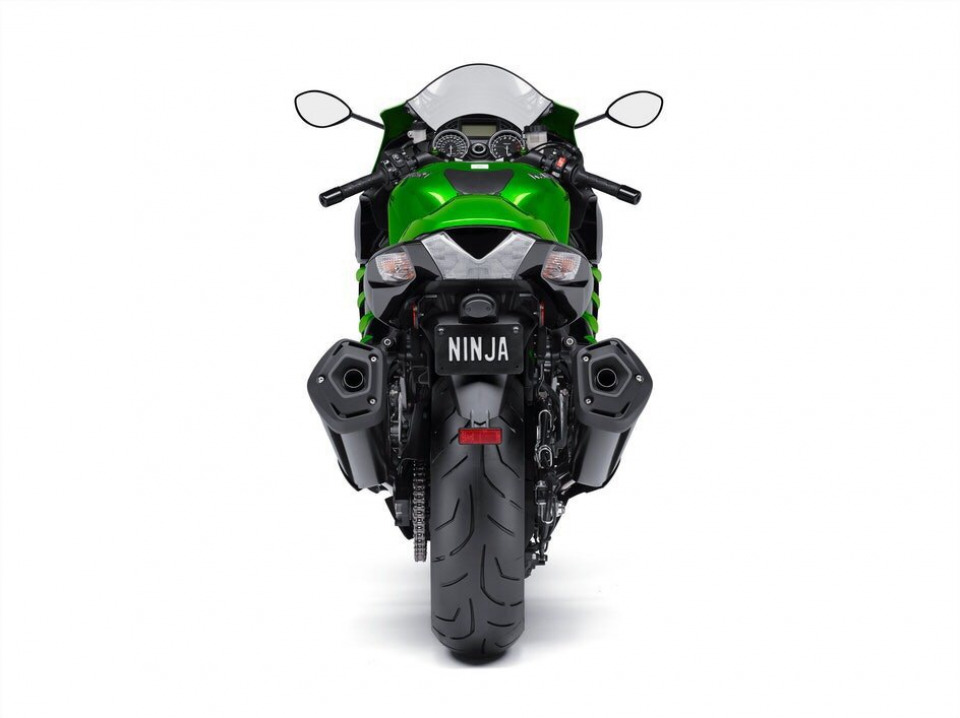
Conclusion
So where does the ZX-14R fall on the sport bike versus sport-touring continuum? Kawasaki did an excellent job of keeping this big-displacement bike in the middle ground by mixing sport bike handling and sport-touring ergonomics. I think it is telling that Kawi uses different categories to describe this bike in different countries. The 14R just isn’t one or the other. It's too plush and heavy to call it a supersport. It lacks features like a proper windscreen, side cases, or higher hand grips to be a true ST (Kawasaki has the Concours 14 for that). Clearly, there are far more economical options for city commuting than this 1.4-liter monster.
To be honest, though, Kawasaki has produced a middle-ground bike that's still fun. The compromises made to blur the lines did not stop me from enjoying my time with the 14R. Most of the items I listed as lowlights are things that are minor, fixable, adjustable, or just plain avoidable.
I would recommend the big Ninja for larger riders, for experienced motorcyclists who want gobs of disposable power, or for riders who have room in the garage for one bike that can take the place of two purpose-built motorcycles. If you are a one-dimensional rider — commuting, corner-carving, touring or track days — then I suggest you go buy the motorcycle specifically built for the riding you do. If you want a heavyweight champ who can do a little of all that and pack an unmatched punch, then get a Ninja ZX-14R. And set aside some money for tires and gas.
Overall rating ⭐️⭐️⭐️⭐️⭐️ (5/5)
Ride quality & brakes ⭐️⭐️⭐️⭐️(4/5)
Engine ⭐️⭐️⭐️⭐️⭐️ (5/5)
Reliability & build quality ⭐️⭐️⭐️⭐️⭐️ (5/5)
Value vs rivals ⭐️⭐️⭐️⭐️⭐️ (5/5)
Equipment ⭐️⭐️⭐️⭐️⭐️ (5/5)
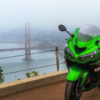
 Follow
3.1K
Follow
3.1K


